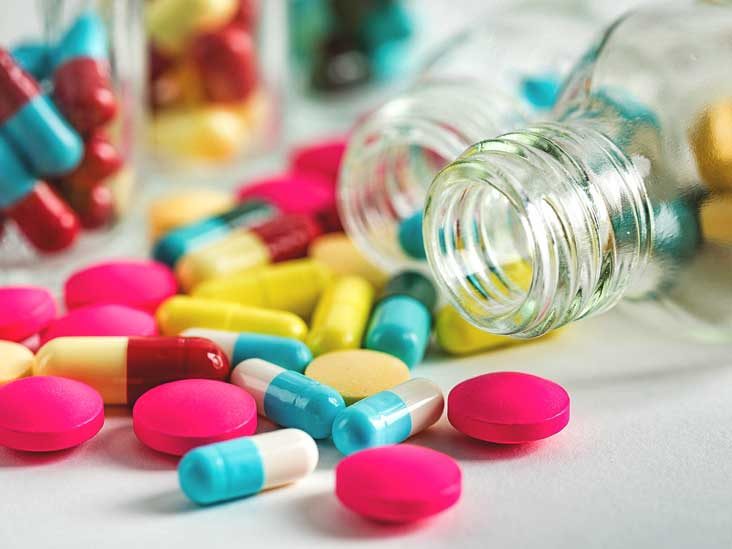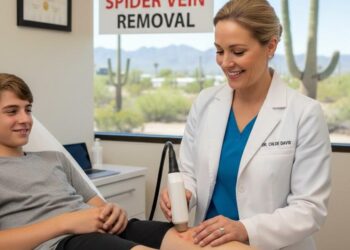Access to healthcare services is a basic human right for everyone. Nonetheless, there are still underserved areas where people struggle to get quality treatment. This issue has gotten worse in the aftermath of the COVID-19 pandemic, which has revealed inequities in access to healthcare services.
Expanding access to pharmacy services in underprivileged communities is one answer to this problem. Pharmacies play an important part in the healthcare system since they provide pharmaceuticals and various health services to the population.
Communities can increase access to pharmacy services and improve health outcomes in marginalized communities by using the power of technology, community collaborations, and creative business models.
Increasing Pharmaceutical Services in Underserved Communities
Telepharmacy Services
It is possible to increase access to pharmacy services through the use of telepharmacy in economically disadvantaged communities.
The use of telecommunication technology enables pharmacists to provide pharmaceutical counseling, analyze prescriptions, and supervise medication therapy through the practice of telepharmacy. This tactic is especially helpful in remote areas where pharmacists are scarce, and people have to travel significant distances to obtain pharmacy services.
Collaborating With Other Services
Working jointly with community health clinics and pharmacies can assist in boosting people’s access to medical care in low-income areas of the country. Community health clinics can refer patients to pharmacists for medication management, and pharmacies can provide various medical services, including vaccinations, health screenings, and medication counseling.
Mobile Pharmacies
Mobile pharmacies are an innovative approach to expanding access to pharmaceutical services in areas that traditional pharmacies do not adequately serve. A temporary or permanent supply of medications and medical services can be made available to underprivileged populations through the use of a mobile pharmacy. It will be much simpler for people to access medical care thanks to the mobile pharmacy that can travel to a variety of locations.
The Advantages of Increasing Pharmaceutical Services in Underserved Communities
A good pharmacy in disadvantaged communities will result in increased access to healthcare services and reduced obstacles that stand in the way of individuals receiving high-quality medical attention.
Healthcare services that are available at a lower cost The cost of pharmaceutical services is frequently lower than the cost of regular healthcare services; as a result, these services are an excellent option for individuals who are strapped for cash.
Pharmacy services have the potential to improve health outcomes by increasing patients’ likelihood of taking their medications as prescribed, lowering the number of prescription errors that occur, and providing assistance to manage their medication regimens better.
Conclusion
Improving health outcomes and reducing health disparities are vital to increasing access to pharmacy services in underserved areas. Communities can ensure that everyone has access to great healthcare services by using the power of technology, community partnerships, and creative business models. Telepharmacy, collaboration with community health clinics, and mobile pharmacies are just a few of the methods that might assist in increasing access to pharmacy services in underprivileged communities. We can all benefit from a healthier future if we work together.







